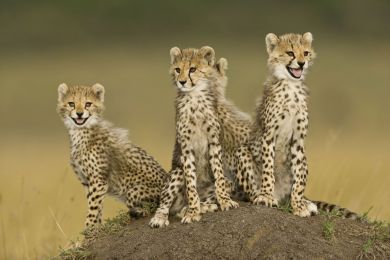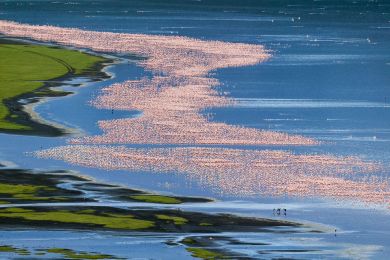By buying this product you can collect up to 178 loyalty points. Your cart will total 178 points that can be converted into a voucher of 35,60 €.
 View larger
View larger
Picture information
The Everest Range, Nepal
Yann ARTHUS-BERTRAND
Art Photography by Yann ARTHUS-BERTRAND, the Everest Range, Himalaya Mountains, Nepal. In the Himalayan mountain range, Mount Everest, the highest point on Earth is 8.848 m high. Sagarmatha, which means “he whose head touches the sky” in Nepali, or Chomolongma, “the world’s Goddess-Mother” in Tibetan, is also named after the British colonel George Everest who was asked to draw a map of India in 1852.
Data sheet
| Orientation | Landscape |
| Color | White |
The Everest Range, Nepal
Yann ARTHUS-BERTRAND
Art Photography by Yann ARTHUS-BERTRAND, the Everest Range, Himalaya Mountains, Nepal. In the Himalayan mountain range, Mount Everest, the highest point on Earth is 8.848 m high. Sagarmatha, which means “he whose head touches the sky” in Nepali, or Chomolongma, “the world’s Goddess-Mother” in Tibetan, is also named after the British colonel George Everest who was asked to draw a map of India in 1852.
Fine Art Photography
Print by Experts
100 % Made In France
A recognized expertise, a search of permanent quality.
Printed by a professional photographic laboratory.
All prints are made to order, controlled by the Technical Director.
A certificate of authenticity is provided with each photograph.
Framework made by selected materials to give you the best results. every step of the processing is monitoring by experts.
Loyalty points
Gift Card
Don't miss the opportunity to do the best present...
The whole Yann Arthus-Bertrand photos available with Hemisgalerie gift card.
Lets your guest choose the best image.
Amount from 50 €, create and download directly on our website, valid for one year including promotions.
The original gift for all events
More info
In the Himalayan mountain range, Mount Everest, the highest point on Earth is 8.848 m high. Sagarmatha, which means “he whose head touches the sky” in Nepali, or Chomolongma, “the world’s Goddess-Mother” in Tibetan, is also named after the British colonel George Everest who was asked to draw a map of India in 1852. But it was only on May 29 1953 that the New Zealander Edmund Hilary and the Nepalese Sherpa Norgay Tensing first walked on the “roof of the world”. The Himalayan Mountains are seen as invincible and unchanging and yet, they are in full environmental mutation. The region’s increase in temperature (+ 1 °C since 1970) has led to the widespread melting of glaciers. Lakes high up in the mountains are therefore filling up so fast that some of them could overflow or burst their banks, endangering the lives of millions of people in the valley. Three quarters of Himalayan glaciers are decreasing - like all the Earth’s alpine glaciers. The consequences would be serious as mountain glaciers provide almost a sixth part of the world’s population with water. Glaciers act as storage reservoirs that contribute to streamflow during periods of low flow.













































































